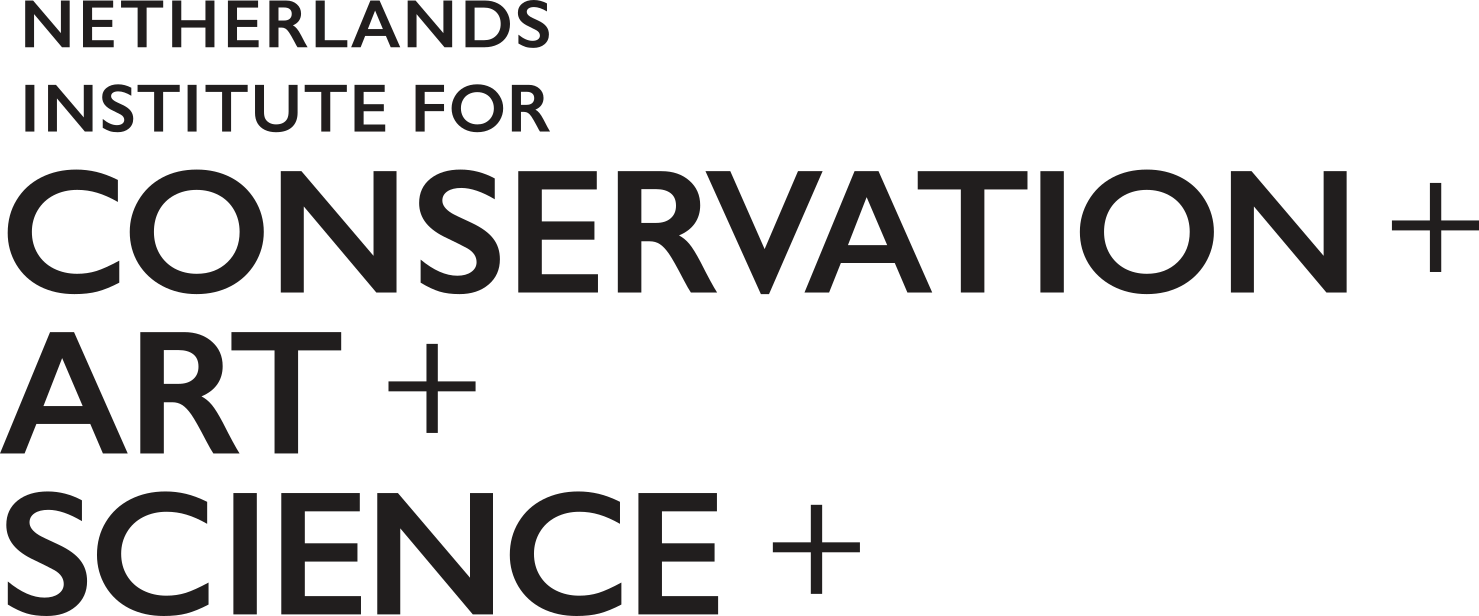Diagnostics
Cultural heritage research relies heavily on diagnostic tools and technologies to provide new and detailed information about objects. The research area of diagnostics focuses on diagnostic innovation through development, refinement and integration of existing, new or evolving technologies, that are as safe as possible for those objects.
SCOPE OF RESEARCH
From the early 20th century onwards, the range of techniques to analyse, image or monitor artworks has increased greatly and continues to develop rapidly. Scientific and technological knowledge from other research fields (such as astronomy, mathematics, materials and structural engineering, physics, chemistry) are translated into applications for cultural heritage research and vice versa. These methods and techniques lead to a more detailed analysis of objects, producing information about the physical and chemical composition of objects that was previously only available by taking samples. In addition, scanning techniques able to map large portions of or even entire art works supplement the information supplied by those samples. By developing new diagnostics technologies and tools, we can visualise change in a much clearer way, and analyse the changes in value attributed to these changes.
RESEARCH LEADS

Prof. dr. Joris Dik
TU Delft
